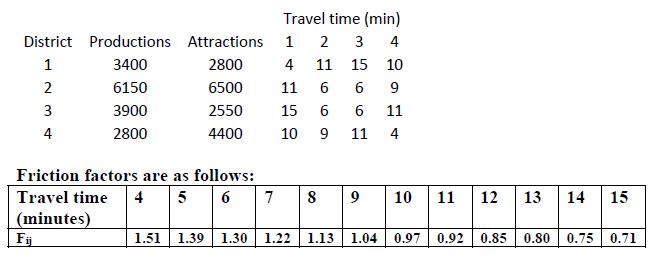The article “The Prevalence of Daytime Napping and Its Relationship to Nighttime Sleep” presents results of a study of sleep habits in a large number of subjects. In a sample of 87 young adults, the average time per day spent in bed (either awake or asleep) was 7.70 hours, with a standard deviation of 1.02 hours, and the average time spent in bed asleep was 7.06 hours, with a standard deviation of 1.11 hours. The mean time spent in bed awake was estimated to be 7.70–7.06=0.64 hours. Is it possible to compute a 95% confidence interval for the mean time spent in bed awake? If so, construct the confidence interval. If not possible, explain why not.
What will be an ideal response?
It is not possible. The amounts of time spent in bed and spent asleep in bed are not independent.
Trades & Technology
You might also like to view...
Using fur trapping as an example, how have humans caused the extinction of some species of wildlife?
What will be an ideal response?
Trades & Technology
Given: Study area with four transportation analysis zones, and origin-destination survey results. Provide a trip distribution calculation using the gravity model for two iterations; assume Kij = 1.

What will be an ideal response?
Trades & Technology
Which sensor has a switch that controls the electric fuel pump?
A) Karman Vortex sensor B) Hot filter MAF C) Hot wire MAF D) VAF
Trades & Technology
The __________ control mode is used to overcome offset.
A. rate B. reset
Trades & Technology